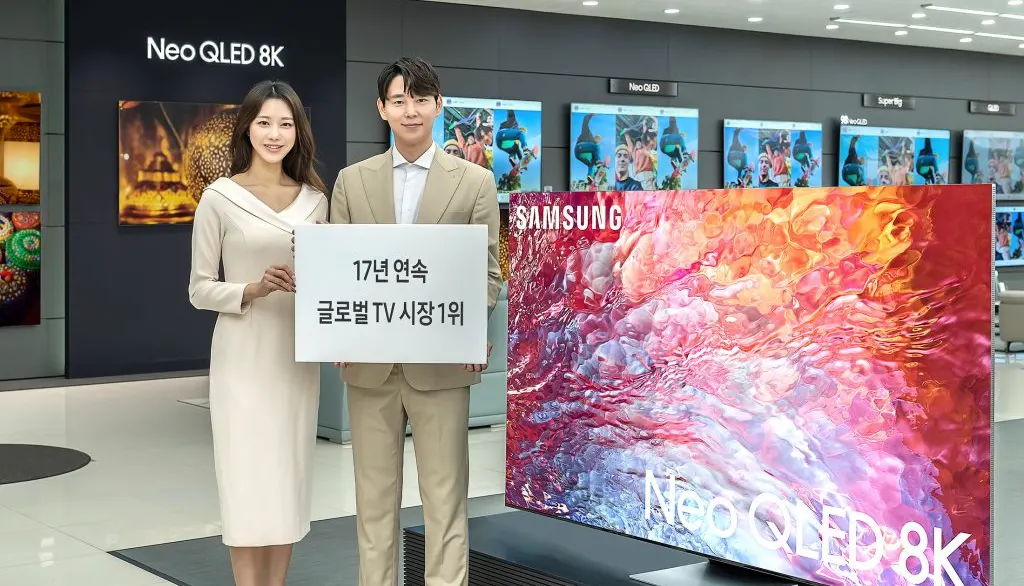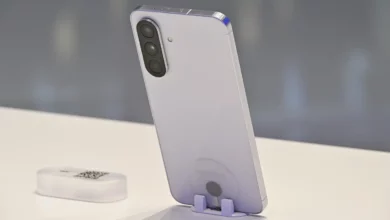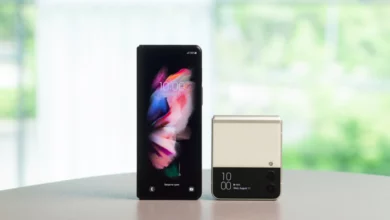
Samsung Electronics has been a powerhouse in the technology industry for many years, particularly in the TV market, where they have been the leading brand for 17 consecutive years. With a reputation for delivering high-quality, innovative products, Samsung Electronics has solidified its position as the go-to choice for consumers worldwide. Their continued dominance in the global TV market is a testament to their ability to stay ahead of the curve and consistently provide cutting-edge technology and features that meet customers’ evolving needs.
Samsung Electronics’ Winning Formula for Maintaining Its Position as No. 1 in the TV Market
According to market research firm Omdia, Samsung Electronics recorded a 29.7% share of the global TV market in terms of value in 2022.
The limits of Galaxy Watch 5 and Watch 4 with non-Samsung smartphones
One of the key factors behind Samsung Electronics’ continued dominance in the global TV market is its premium product-oriented strategy. The company has consistently focused on delivering top-of-the-line products that offer the latest and greatest in terms of technology, design, and features. This approach has proven to be highly successful, with Samsung Electronics maintaining its position as the No. 1 brand in the TV market for an impressive 17 consecutive years. Central to this strategy has been the introduction of Samsung’s ‘Neo QLED’ technology, which has pushed the boundaries of what is possible in terms of picture quality, color accuracy, and contrast.
Samsung Electronics’s vice president visual display division, Cheol-gi Kim, said “The world’s No. 1 for 17 consecutive years is thanks to the love of consumers who trusted and chose Samsung TV”
In the premium TV market for more than $2,500, the total amount of QLED, including Samsung, was 46.2%, which has been consistently above 40% since 2019, proving once again that QLED products are the mainstream of premium TVs. Last year, Samsung TV maintained its solid No. 1 position in the premium market and in the 75-inch and larger market, beating several competitors.
Top Features to Expect in Android 14 for Samsung Galaxy Devices
In the premium TV market, Samsung recorded a 48.6% share in terms of value last year. This share is more than the sum of shares from the 2nd to the 6th.
In the case of the 75-inch and larger ultra-large market, Samsung recorded a 36.1% share in terms of value. In particular, in the case of the 80-inch and larger ultra-large TV market, it recorded a 42.9% market share, continuing its steady strength in the ultra-large TV market.
Despite global economic uncertainties, Samsung Electronics was able to maintain its No. 1 position in the global TV market for17 consecutive years thanks to not only innovative products such as 8K, Neo QLED, and lifestyle TVs, but also Samsung TV ‘s ‘customer experience-centered, which has steadily strengthened user experience. DNA ‘ worked.
Samsung Electronics, which has been increasing its dominance in the global TV market by introducing ‘Bordeaux’ in 2006, ‘ LED TV ‘ in 2009, and ‘Smart TV ‘ in 2011, announced the beginning of next-generation TV by releasing QLED with quantum dot technology in 2017.
In 2018, ‘ QLED 8K ‘, Quantum Mini LED-based ‘ Neo QLED ‘ in 2021, and ‘MicroLED ‘ emits both light and color by itself were introduced for the first time, further solidifying its global No. 1 technological leadership.
In addition, ‘The Serif,’ ‘The Frame,’ ‘The Sero,’ ‘The Terrace,’ and ‘The Premier’ screens that reflect the various lifestyles and tastes of consumers were continuously introduced, creating a new market.
In 2022, eco-friendly solar cell remote controls will be applied to all TV models, and eco-packages that can be upcycled from product packaging materials can be further improved to reduce ink use by 90% and stapler-free products for a sustainable future. Eco-friendly efforts were also revealed. Portable screens ‘The Freestyle’ and ‘ OLED ‘ were also introduced to the market, broadening the range of consumer choices.



